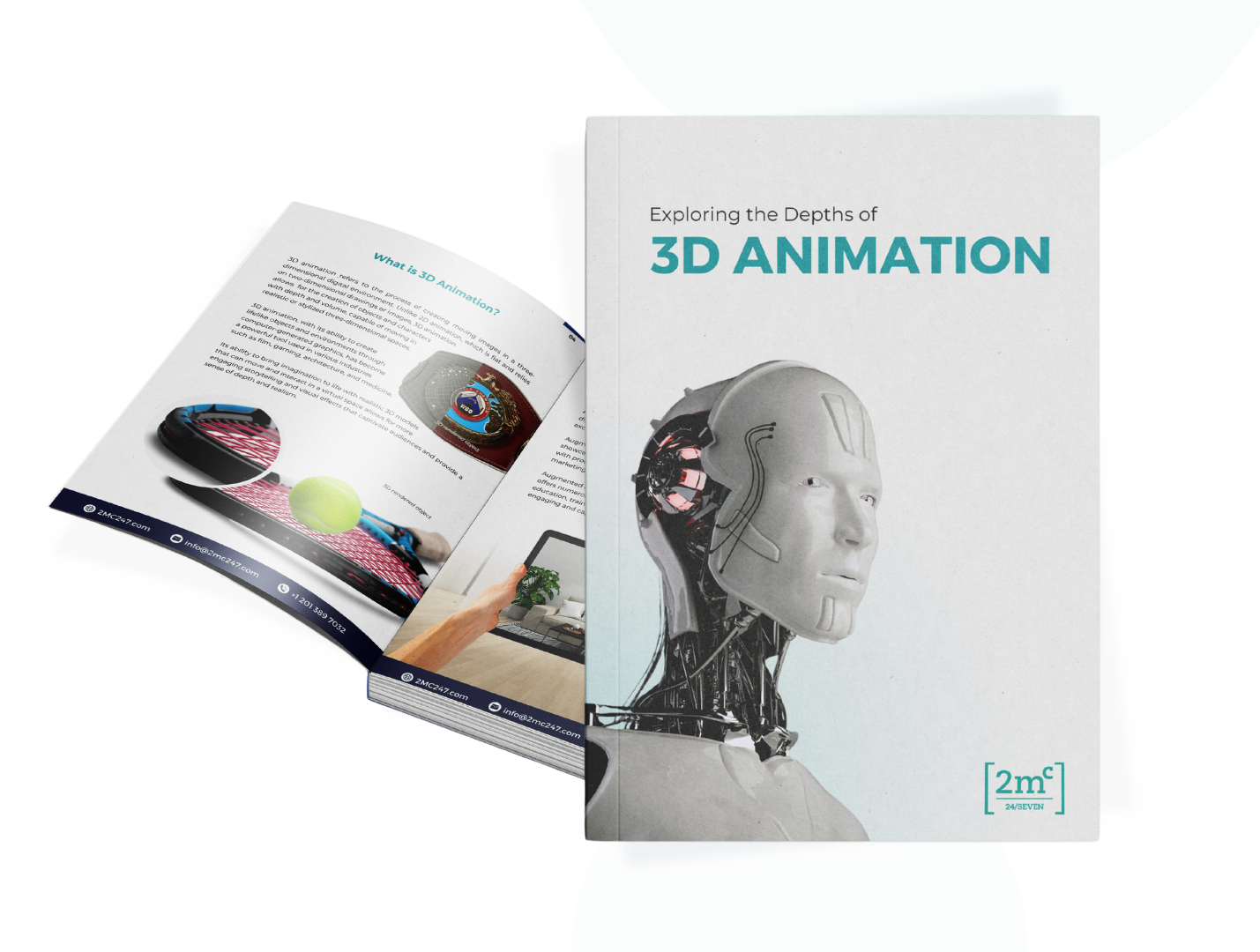In today’s digital age, storytelling has become a crucial tool for businesses to connect with their audiences on a deeper, more emotional level. Whether it’s through advertising, social media, or brand websites, companies across the USA are constantly seeking new ways to tell their stories in a way that resonates. Enter 3D images—an innovative visual tool that goes beyond the static and flat, allowing businesses to craft emotional experiences that engage, inspire, and move people.
The Power of Emotional Storytelling Through 3D Imagery
The concept of emotional storytelling isn’t new. However, with the rise of 3D imaging, the ways stories are told and experienced have evolved significantly. Unlike traditional images, 3D visuals add depth, dimension, and texture, making scenes feel more lifelike. Whether it’s a product being showcased or a heartwarming narrative about a brand’s mission, 3D images help bring these elements to life in ways that 2D visuals simply cannot.
In the USA, companies are utilizing 3D imagery to evoke powerful emotions in consumers. Take, for instance, a non-profit organization wanting to share the impact of its work. Through 3D images, they can create virtual spaces where potential donors can “walk through” the journey of those they help, immersing them in the emotional experience and inspiring them to take action. The level of engagement skyrockets when audiences feel like they are part of the story.
Real-Life Applications of 3D Emotional Storytelling
Many industries in the USA are beginning to explore 3D images for emotional storytelling. Retail brands are using 3D models to show the craftsmanship behind their products, while entertainment companies are creating immersive environments that go beyond the screen.
Virtual Exhibitions and Museums
Art galleries and museums across the USA are using 3D images to create virtual tours, allowing users to experience exhibitions in a whole new light. These virtual spaces often incorporate emotional elements—such as personalized narration and interactive visuals—that help visitors feel connected to the art or history being showcased, even when viewed remotely.Social Causes and Advocacy Campaigns
Advocacy groups are tapping into the power of 3D images to raise awareness about critical social issues. For example, campaigns about climate change can use 3D visualizations to show the tangible effects of environmental damage, from melting ice caps to rising sea levels. These images evoke empathy and urgency, prompting viewers to get involved.Product Launches and Branding
Brands in the USA are also leveraging 3D images to create emotional connections with their consumers. During product launches, 3D images are used to highlight not only the technical specifications of a product but also its emotional appeal—how it fits into the lifestyle and aspirations of the target audience.
The Science of Emotion in 3D Visuals
Why are 3D visuals so powerful when it comes to emotional storytelling? It comes down to how our brains process depth and space. When we look at a 2D image, we are often observing from a distance. However, 3D images mimic the way we view the real world, allowing us to feel more involved and immersed in the scene.
This sense of immersion can evoke stronger emotional responses, whether it’s joy, awe, or empathy. The level of detail in 3D images—such as lighting, textures, and perspectives—plays a crucial role in how emotionally impactful the visual becomes. For marketers, this creates a unique opportunity to engage their audience on a deeper level, making their brand stories not only memorable but emotionally compelling.
Challenges of Using 3D Images for Storytelling
While the potential for emotional storytelling with 3D images is vast, it comes with certain challenges. The creation of 3D models requires time, technical expertise, and an understanding of both storytelling and design. Not all stories lend themselves easily to 3D visualization, so companies need to carefully select which narratives can benefit from this technique.
Additionally, achieving a balance between realism and artistry is crucial. Too much focus on technical perfection can make the image feel cold and detached, while overly artistic 3D visuals can lose the realistic touch that makes the emotional connection strong.
How 2MC 24/7 Can Help
At 2MC 24/7, we understand the power of visual storytelling. With over 15 years of experience in creating high-quality 3D images, we specialize in crafting emotionally engaging visuals that tell your brand’s story in a way that resonates with your audience. Whether you’re in retail, entertainment, non-profit, or any other industry across the USA, our team of experts will help you create stunning 3D images that not only look amazing but also connect on an emotional level.
Ready to elevate your brand’s storytelling with the power of 3D imagery? Contact 2MC 24/7 today and let’s bring your story to life through cutting-edge visuals that make an emotional impact.





